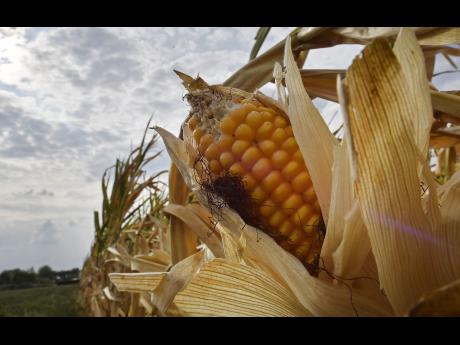Over 17 years ago world leaders, in assessing the global landscape, agreed on the Millennium Development Goals (MDGs): a set of time-bound and quantified targets for addressing the many dimensions of extreme poverty – including hunger, disease, lack of adequate shelter, and exclusion – while promoting gender equality, education, and environmental sustainability. When the MDGs were agreed, there was a general acknowledgement of the fact that social development is a key component of the sustainable development of the whole human race. It works in tandem with economic, political and other forms of development.
Regrettably, in the intervening years, uneven and unequal global development meant that although some progress was made, many countries, particularly developing ones, failed to meet some of the MDGs. Today, more than one billion people still live in extreme poverty. They continue to struggle with limited access to basic services, including education, health services, safe drinking water and sanitation. Rising inequality and exclusion, unemployment and lack of decent work opportunities also remain problems in many countries.
These unattained, social dimensions of development comprise much of the unfinished business of the MDGs that led to the calls for a new global paradigm to succeed them.
Today, there are more national disasters happening globally, and as I have said in previous articles, poverty and climate change and the new wave of natural disasters occurring are urgent issues on which we need to focus and act.
Most countries don’t remember the agreement they made when they all came together in 2000. They are no longer living up to their promises and responsibilities. The drastic measures now being put in place – cutting benefits to the people, implementing stringent laws and practices that hurt rather than help – are now negatively affecting the peoples of the nations, to the detriment of their country.
For example, the 2017 hurricane season is the most costly in history, racking up damages totalling US$370 billion worldwide, with more than US$200 billion in damages occurring in the United States of America. The question is, if the natural disasters continue on their current trend, and even affect those areas where oil is being drilled, for example, then how will we all be affected? Will oil prices skyrocket? Will we be able to afford petrol? How will that affect public transportation costs?
As things stand, more than 783 million people are living below the international poverty line of US$1.90 per day. How will a continuation of these disasters affect that situation? What contingency plans do governments globally have for these occurrences?
Three out of every 10 persons lack access to safely managed drinking water and six out of every 10 people lack access to safely managed sanitation facilities. Should the disasters continue, how do they impact this situation?
http://jamaica-gleaner.com/article/news/20180910/steve-lyston-poverty-and-climate-change#.W5Zgi-pU9hg.email




Leave A Comment